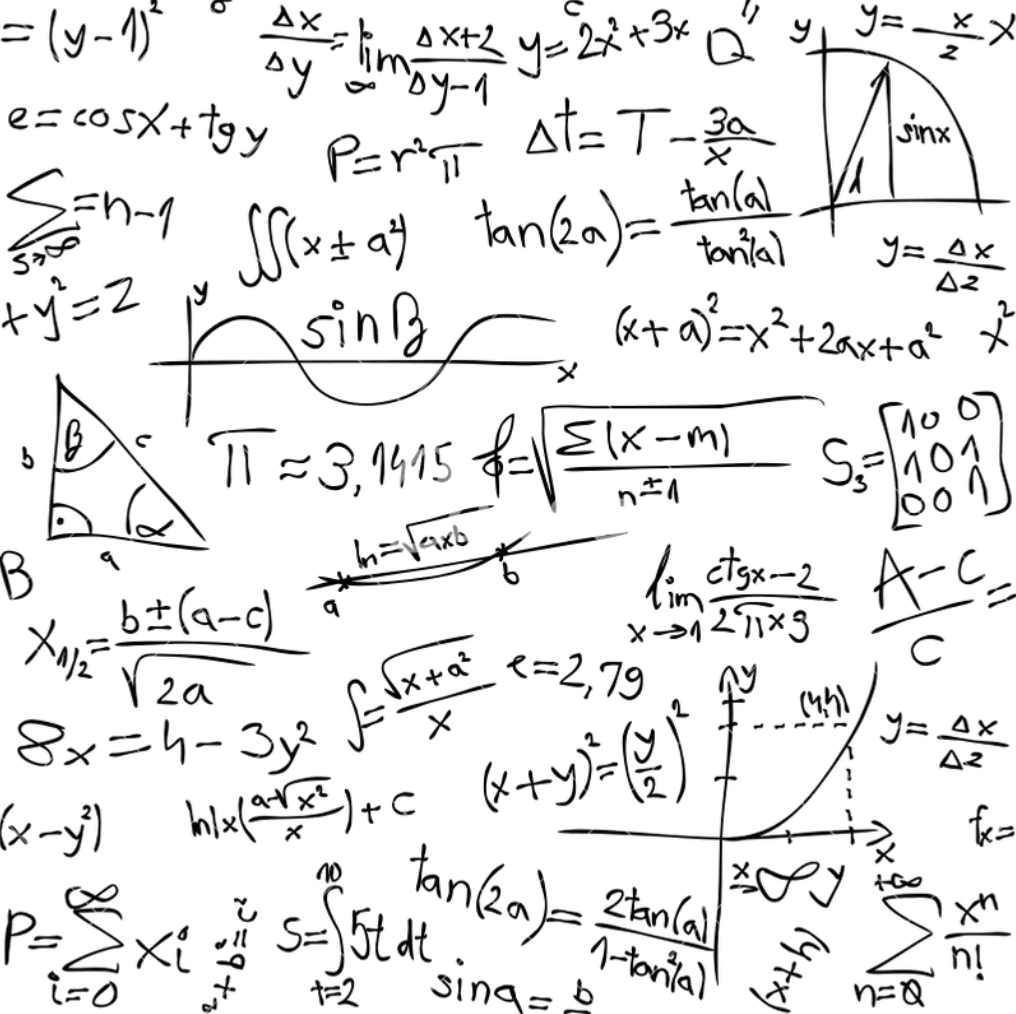If you like solving puzzles, you have probably seen a problem similar to this one:
You have a sequence of numbers: 1, 1, 2, 3, 5, 8,…Continue the sequence.
As you have probably guessed, the next number in the sequence is 13 because each number is a sum of previous two numbers: 1 + 1 = 2, 1 + 2 = 3, 2 + 3 = 5 and so on. Therefore, a number that is part of the sequence is a Fibonacci number. This is the Fibonacci sequence. An Italian mathematician named Leonardo Fibonacci named the sequence after himself. Although, other parts of the world have already discovered the sequence. In this post, we will look into some of the properties of Fibonacci numbers and prove them. Apart from that, Fibonacci numbers have many surprising applications in nature and everyday life.
Intriguing properties of Fibonacci’s numbers
Theorem 1:
Sum of three consecutive Fibonacci’s numbers divided by two equals the biggest of three consecutive numbers.
Let’s start with one straightforward property of Fibonacci’s numbers. Suppose we were two take any three consecutive Fibonacci’s numbers and divide their sum by two. In that case, we will get the biggest of those three numbers. For example (8 + 13 + 21) / 2 = 42 / 2 = 21. This can be easily proven by rewriting these three numbers as, respectively, n, m, and n + m. When we add them together, we get 2n + 2m divided by 2 equals n + m, the biggest of the three numbers.
Theorem 2:
If we take four non-zero, consecutive Fibonacci numbers, the difference between the first and fourth product and the second and third numbers will be one.
As an example 2 × 8 – 3 × 5 = 1 and 3 × 13 – 5 × 8 = -1. More generally, we can write these numbers, respectively, as n, m, n + m and 2m + n so we get | n × (2m + n) – m × (n + m) | = 1. Now, this is slightly trickier to improve since the proof includes induction. So let’s start by proving this is true for the first numbers in the sequence: 1, 1, 2, and 3.
1 × 3 – 1 × 2 = 3 – 2 = 1
When we have done that, we can move to the next step. Let’s assume this property holds for all n, where n is the index of the first of four consecutive numbers. That means that:
| n × (2m + n) – m × (n + m) | = 1
| n2 + mn – m2 | = 1
The final step is proving that if the theorem is true for n, it is also true for n + 1, or in other words n implies n + 1. Next four consecutive numbers are m, n + m, 2m + n, 3m + 2n. For them we need to prove that:
| m × (3m + 2n) – (n + m) × (2m + n) | = 1
| 3m2 + 2mn – 2mn – n2 – 2m2 – mn | = 1
| m2 – mn – n2 | = 1
If we compare this equation to the equation | n2 + mn – m2 | = 1 for which we assumed is accurate, we see that pluses and minuses are switched. So if the first expression equals 1, the second is equal to -1 and vice versa. And by this, we proved the theorem.
Theorem 3:
For any three consecutive non-zero numbers, the difference between the product of two outer numbers and the square of the middle number is one.
For example, 2 × 5 – 32 = 10 – 9 = 1 and 3 × 8 – 52 = 24 – 25 = -1. We can prove this theorem by the induction method since it is similar to the previous theorem.We know the statement is true for n = 1 because 1 × 2 – 12 = 2 – 1 = 1, so let’s assume the property holds for numbers n, m and n + m. That means that:
| n × (m + n) – m2 | = 1
| n2 + mn – m2 | = 1
Now let’s move to the third step and prove that n → n + 1. Now, we have numbers m, m + n and 2m + n so that would mean:
| m × (2m + n) – (n + m)2| = 1
| 2m2 + mn – n2 – 2mn – m2 | = 1
| m2 – mn – n2 | = 1
Same as in the second theorem, we see that pluses and minuses in the second equation switched, so the result will negate the result of the first equation. And by this, we proved the third theorem.
Fun Combinatorics Task with Fibonacci numbers:
Question:
And for the end, here is one exciting combinatorics task. You have a table with dimensions 1 x m. You have to fill that table with squares dimension 1 × 1 and rectangles of dimensions 1 × 2. As an example, if m = 5, one way of arranging squares and rectangles in the table is:

Let Jm (m > 2) be the number of different ways you can arrange squares and rectangles in the table dimensions 1 × m. Then, prove that Jm = Jm – 1 + Jm – 2.
Solution:
Let’s take a look into the possible beginnings of the 1 × m table. First, we can start with a 1 × 1 square. In that case, we are left with the 1 × (m – 1) table, and we know that we can fill the 1 × (m – 1) table in Jm – 1 different ways. If we, instead, start with the 1 × 2 rectangles, we are left with the 1 × (m – 2) table to fill, and we know we can fill that table in Jm – 2 ways. So, when we add this up, we get that Jm = Jm – 1 + Jm – 2.






